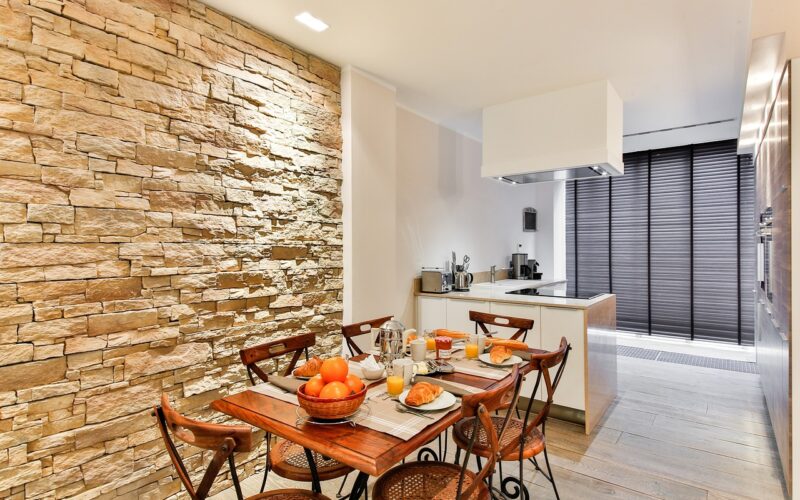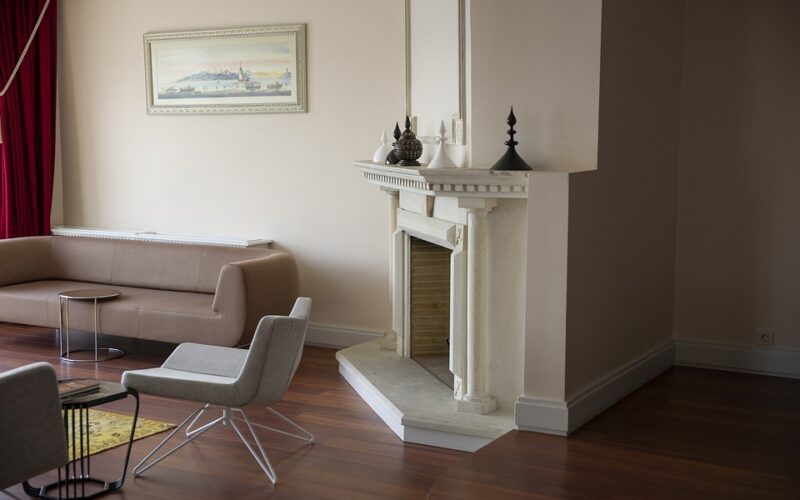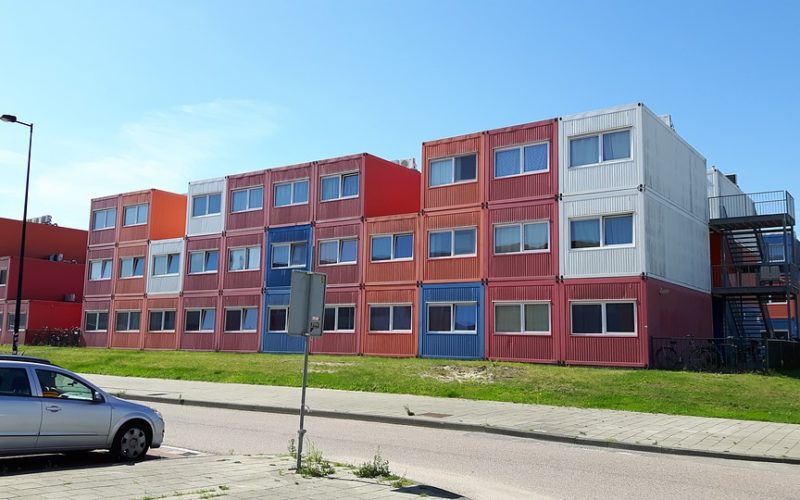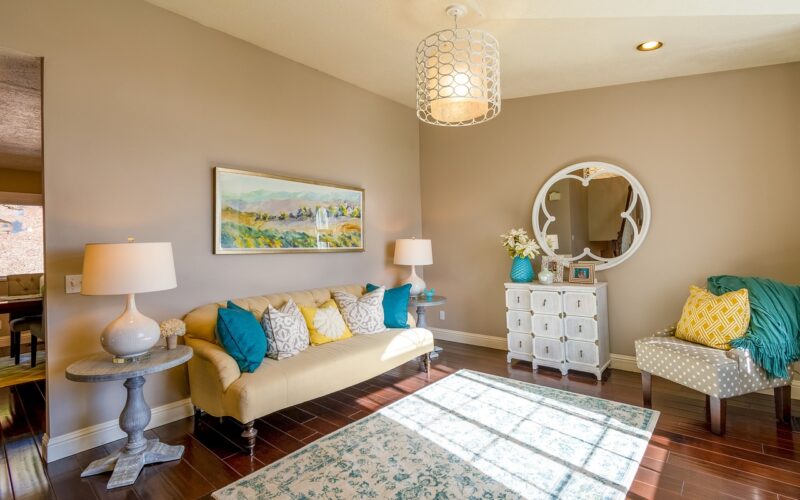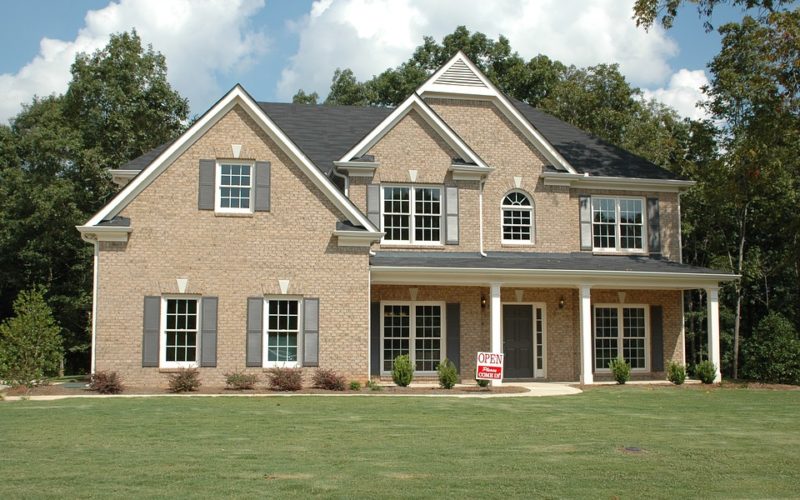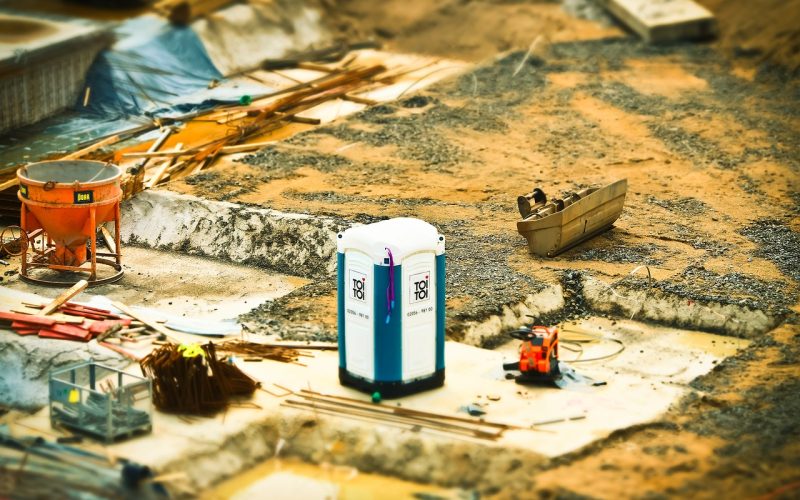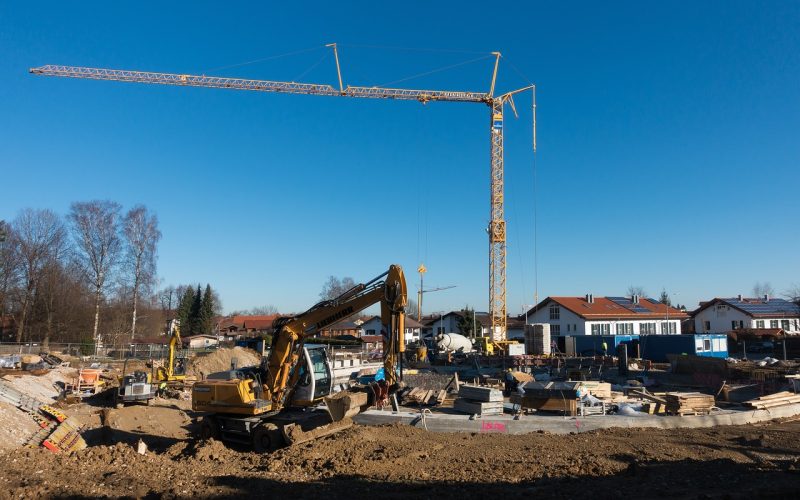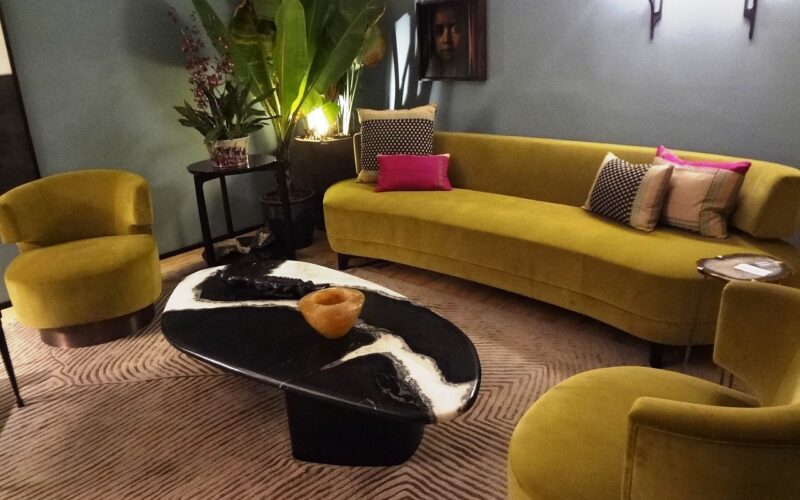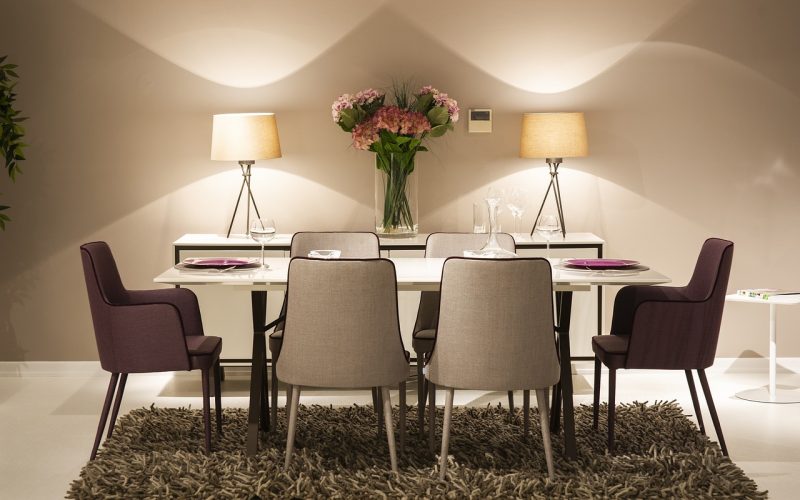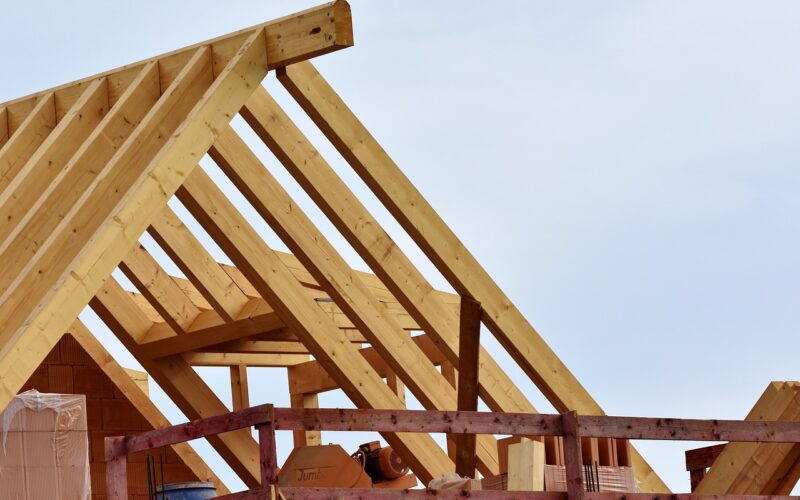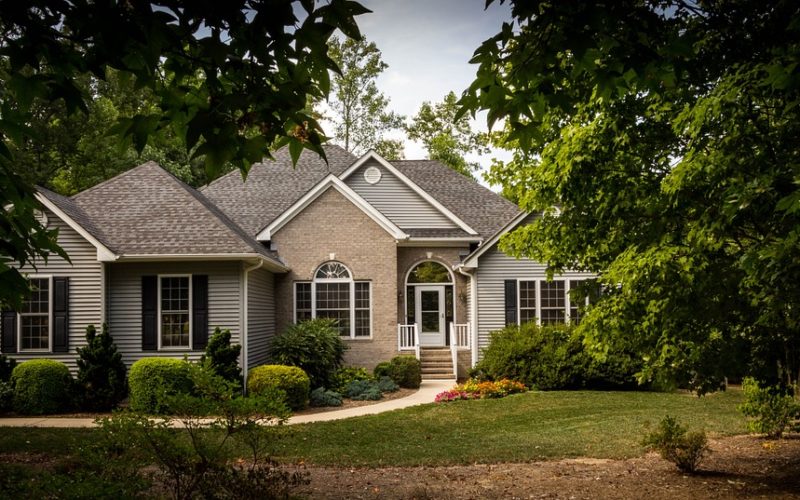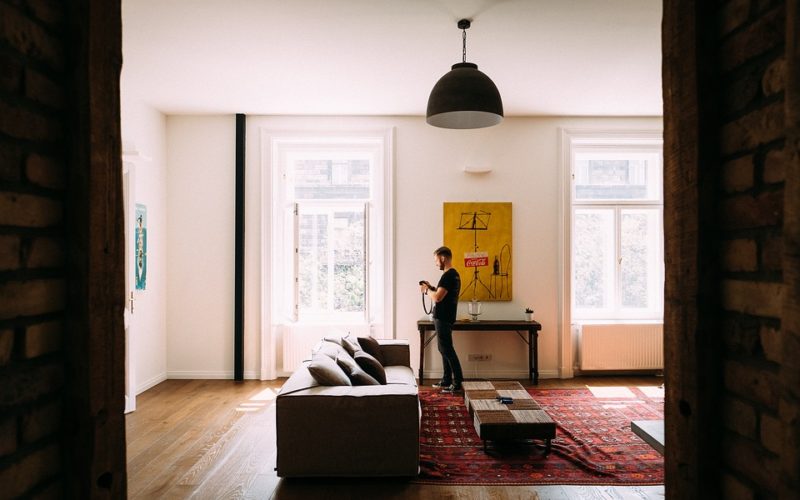Adopting Open Plan Layouts
Building starter homes for a low-income community requires careful planning and thoughtful consideration of various factors to ensure the homes are not only affordable but also comfortable, functional, and sustainable.
One of the first considerations in designing these homes is the efficient use of space. Maximising the utility of every square metre is essential in keeping costs down while still providing ample living area for the residents.
This often means adopting open plan layouts for the living, dining, and kitchen areas, and carefully considering the placement of windows and doors to enhance natural light and ventilation, thereby reducing the reliance on artificial lighting and air conditioning.
Properly designed and installed
Involving skilled tradespeople, such as plumbers and bathroom fitters, early in the design process is also crucial.
Plumbing is not just about ensuring water flow; it plays a critical role in the overall health and safety of the residents. Properly designed and installed plumbing systems help prevent issues such as water leakage and mold growth, which are particularly important in densely built low-income housing.
Furthermore, the bathroom design needs to be practical and durable, with materials that are low-maintenance and resistant to wear and tear, ensuring longevity and reducing the need for costly repairs.
Smart storage solutions
The bathrooms themselves require special attention. In starter homes, the bathroom space is typically limited, so maximising this area's efficiency and usability becomes paramount. Smart storage solutions, such as built-in cabinets and shelves, can help keep the space tidy and organised.
Additionally, choosing the right fixtures and fittings that are both functional and economical can make a significant difference in the overall affordability and liveability of the homes.
Precisely controlled and programmed
Central heating is another key aspect to consider, especially in regions with colder climates. An efficient central heating system ensures that homes are comfortably warm during the colder months without incurring exorbitant energy bills.
Modern central heating systems, which can be precisely controlled and programmed, offer an economical way to heat homes, making them particularly suitable for low-income housing where budget constraints are a constant consideration.
Selecting materials and fixtures
When it comes to installing bathrooms and central heating systems, hiring a skilled bathroom fitter can make a significant difference.
A bathroom fitter with experience in optimising small spaces can ensure that every component, from the shower to the sink, is installed in a way that makes the best use of available space.
Additionally, their expertise can be invaluable in selecting materials and fixtures that are both cost-effective and durable, further enhancing the sustainability and affordability of the homes.
Incorporating green technologies
Sustainability should be a key theme in the design of starter homes for low-income communities, not just in terms of energy efficiency but also in the choice of materials and construction techniques.
Using locally sourced, sustainable materials can reduce construction costs, minimise environmental impact, and support the local economy.
Furthermore, incorporating green technologies such as solar panels and rainwater harvesting systems can lower utility bills for residents, making the homes more affordable in the long run.
Efficient use of space
In conclusion, designing and building starter homes for a low-income community is a complex process that requires a multifaceted approach. It involves balancing cost constraints with the need for quality, durability, and liveability.
By focusing on efficient space use, incorporating sustainable practices and materials, and ensuring the homes are fitted with practical, cost-effective plumbing and heating systems, developers can create affordable, comfortable, and sustainable starter homes that meet the needs of low-income communities.
